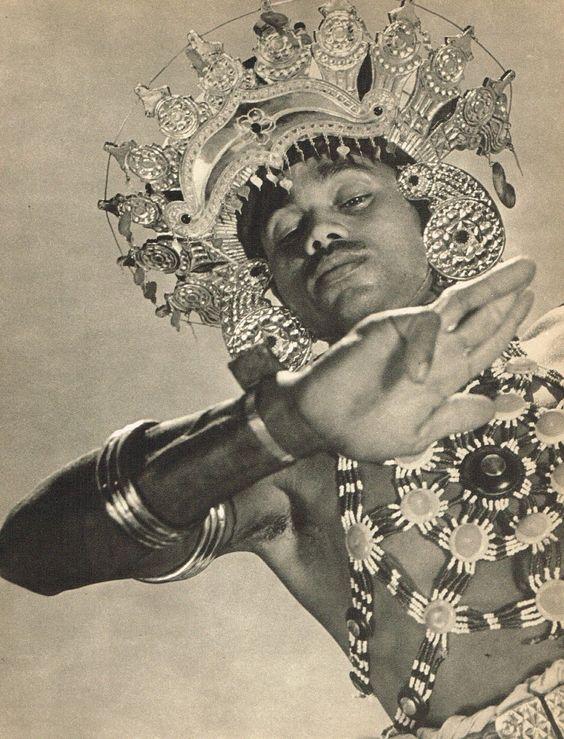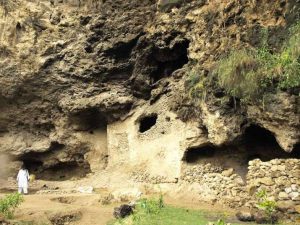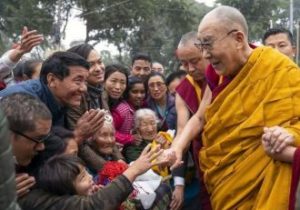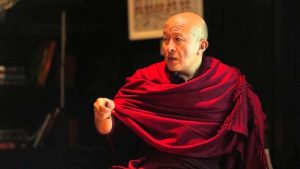
The Kandy Perahera in Sri Lanka is not only one of the oldest rituals in Buddhism, but one of the oldest extant rituals in all of Asia. “Perahera” means procession. Processional music and dancing is a marker of antiquity because some of the earliest ritual processions grew from stationary artists starting to move. It follows that dance steps and sequences, as well as musical modalities, evolved to suit a large moving mass of people. The Kandy Perahera is one of the largest rituals of processing people on the planet, featuring elephants, drummers, monks, dancers, swordsmen, musicians, acrobats, fire-handlers, and whip-crackers clearing the way. It is Buddhism as ancient, exotic, and integrated with local belief as one can find.
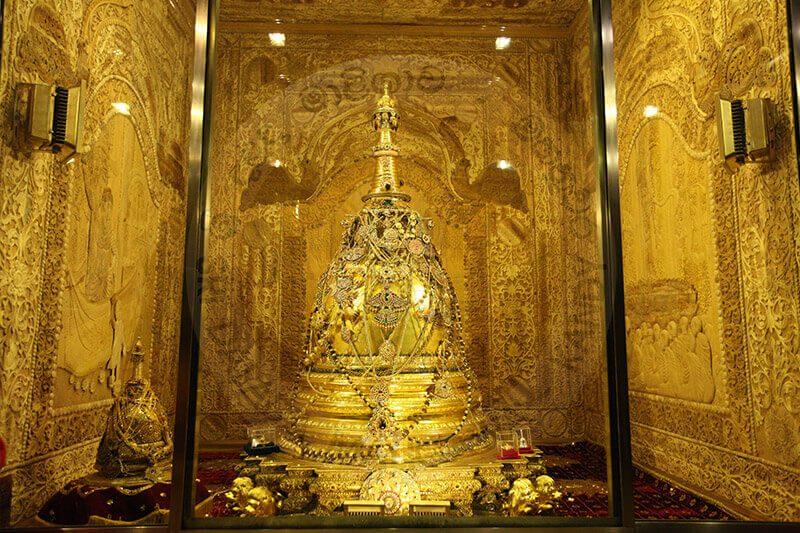
In Sri Lanka (formerly Ceylon), the most important Buddhist relics are the Tooth of the Buddha and the Bodhi Tree. Legendary history has it that a sapling grown from a cutting from the original Bodh Tree in Bodh Gaya, beneath which the Buddha attained enlightenment, was brought to Sri Lanka in the third century BCE. Further, the left canine tooth of the historical Buddha is said to have been pulled from his funeral pyre, and it became both an essential symbol of royal rule and a cause of much conflict. The possessor of the Tooth Relic was said to be the ruler of the land. Due to the subsequent conflicts, the Tooth Relic was brought to Sri Lanka in the fourth century, and has always been maintained in an especially sacred temple, moving as the capital of the island nation has moved. In the 16th century, Kandyan kings began a 300-year reign, and the Tooth was moved to Kandy, where it resides today in a splendid, astonishing temple filled with Buddhist sculptures presented as gifts over the centuries from across the Buddhist world.
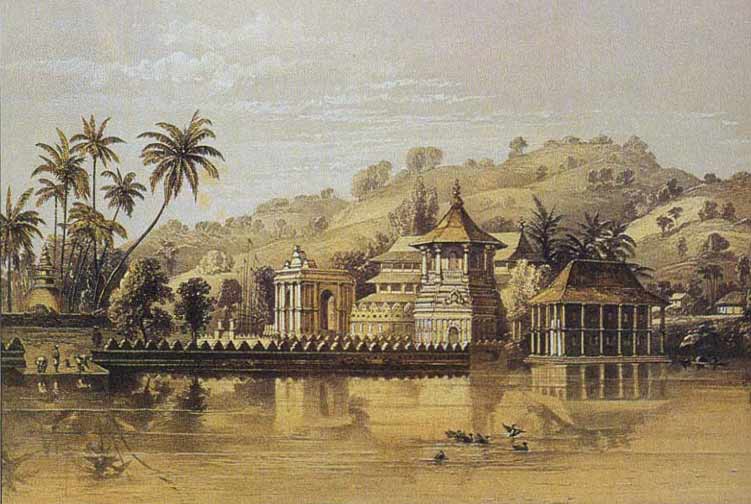
These two sacred relics: the living Bodhi Tree and the Tooth Relic, are worshipped as the Living Buddha himself. Temples throughout Sri Lanka have hosted both of these relics—or symbolic representations of them—and they form the focus of worship in Sri Lankan Buddhism. As such, many towns and villages across Sri Lanka have an annual perahera. The grandest of them all, and the progenitor of today’s Kandy Perahera, which will be held next from 13 August 2023, is often known as “Esala Perahera.” Esala is the name of the lunar month corresponding to July-August, but more significantly, this month is reserved for special veneration of the Buddha’s first teachings after enlightenment—a reflection of the Theravada Buddhist culture that distinguishes Sri Lankan history, religion, and monasticism. This association with early Buddhism is also an indicator of antiquity.
While the Kandy Perahera is the grandest, almost every town and village in Sinhalese Sri Lanka has their own perahera. YouTube has many perahera videos from many places. It is extraordinary to see that each town and village has able drummers and trained dancers. There are traditional dancers everywhere. As a dance form, Kandyan dance would be classified, according to classical Indian understanding, as nritta, or pure dance, with no story or drama. There are certainly Kandyan dances that tell stories, but mostly, it is formal, technical, pure dance. Please enjoy this video, with many examples of processional dancing.
It is easy to forget that Buddhism originated more than 2,500 years ago. Religious, royal, and agricultural practices continue today from periods that we would consider early civilization. A number of necessary adaptations allowed Buddhism to gain dominance in Sri Lanka: it was associated with the rulers of Sri Lanka since before the Common Era, who were Buddhist and Sinhalese, the dominant ethnic group. Sri Lanka had even older connection with South Indian cultural and religions forms. The main pantheon of Sri Lanka is comprised of four deities: Natha, Vishnu, Kataragama, and Pattini. These are Hindu and indigenous deities. The more ancient perahera in Sri Lanka is a Hindu procession. The royal Buddhist Perahera fused, sometime after the fourth century, with this long-existing ritual and became the Esala Perahera, essentially combining the two grand processional rituals into a spectacle of ancient resplendence seldom seen today.
It is a matter of discussion about when exactly the Hindu and Buddhist processions combined. The local Sinhalese understanding of the fusion of religions is interpreted this way: all deities, elephants, and humans bow to the Buddha, who is King God above the other deities. In fact, both the Buddha, worshipped as the Tooth Relic, and Hindu deities are worshipped in the Kandy Perahera. In the 16th century, the whole ceremonial procession was moved to Kandy, home of the seat of government.
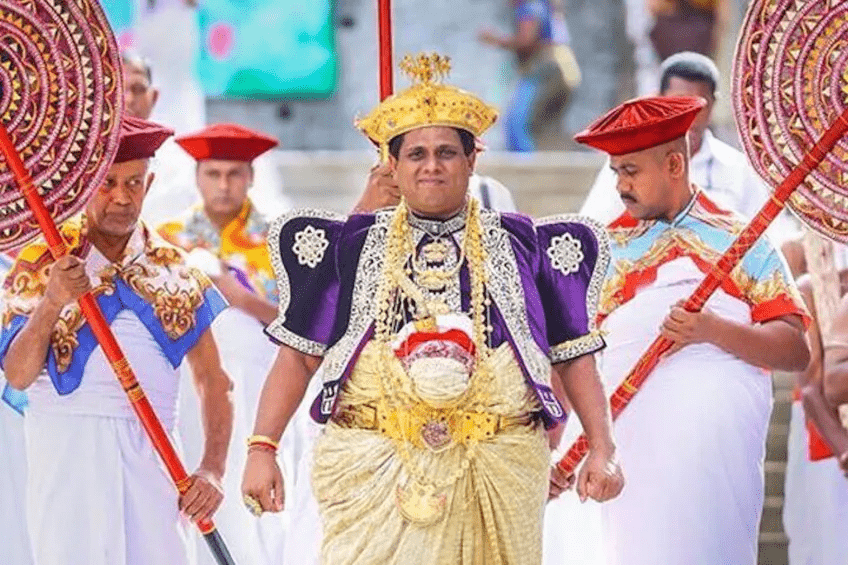
The Kandy Perahera was also designed to be a complete reflection of Sri Lankan society, composed as it was with castes, clans, and the specific placement of professions in terms of ritual purity and importance. The kingly caste, ksatriya, was highest. The next highest caste, goyigama, being landowners/farmers. Of the 18 caste professions, drummers are 14th and dancers are 17th; only “inferior washermen” rank lower than dancers.
Drumming, dancing, and music attended every royal function and occasion in Sri Lanka, save veneration of the Tooth Relic, around which dancing was prohibited. Sub-castes were created, bringing Kandyan dancers and drummers specifically to become part of the higher castes. A separate 19th caste was created, the Balibat caste, royally appointed to perform exorcistic rituals on behalf of the state. The tradition of appointing clan families and castes as stewards of ancient rituals, including Buddhist rituals, is common in Nepal, Sr Lanka, and Japan, among other cultures. This naming of caste ritual performers is also an indicator of antiquity.
In 1919, for the first time in history, the drummers attending the Temple of the Tooth Relic were allowed to dance as well as drum before the sacred temple, as part of the moving Perahera. The stationary drummers became dancing devotees, encircling elephants, inspiring the crowd, and expressing a uniquely Ceylonese style of movement. A century later, the Kandyan dancers and drummers are the beating heart of the procession.
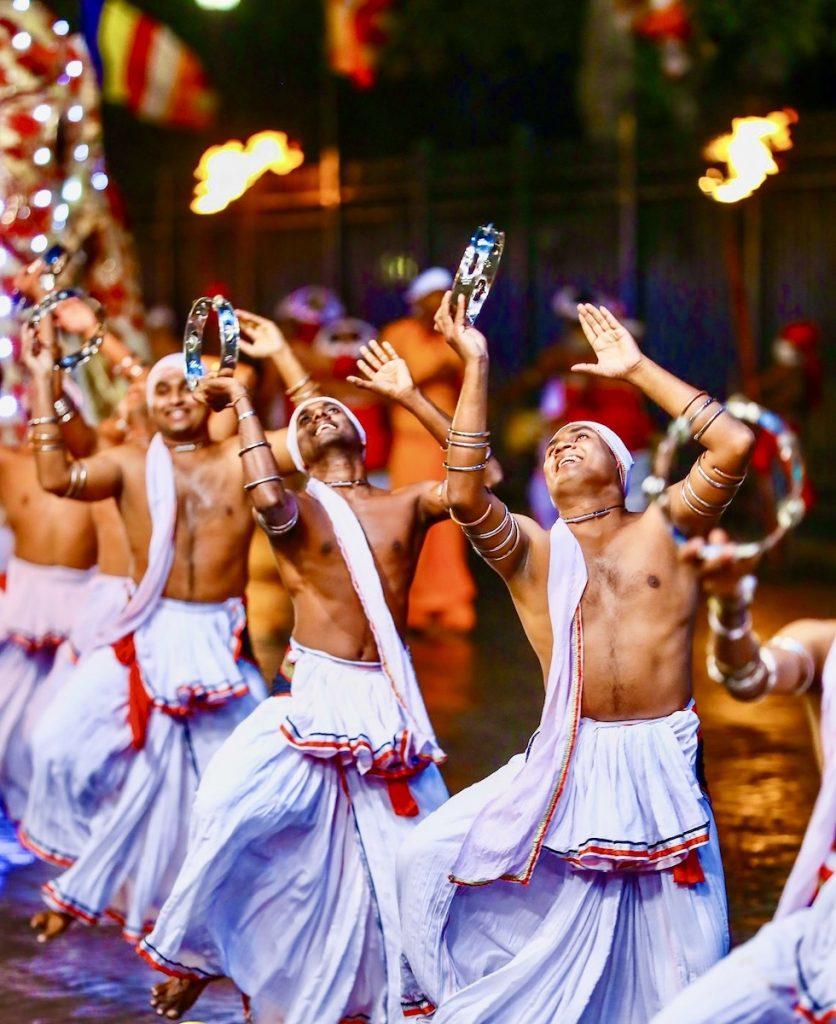
Today, the Kandy Esala Perahera continues its annual performance, although the caste structures are less strictly enforced and represented. Older, smaller perahera rituals in more remote communities reflect older social structures than those in cities and towns. The glory of Kandyan dance and the splendor of the Perahera have only grown in significance. Kandyan dance is the top cultural export of Sri Lanka, and the Kandy Esala Perahera is the top tourist and pilgrimage event in the country. It is showered in superlatives: the oldest Buddhist ritual! The grandest Buddhist ritual of the ancient world! The longest ritual procession in Asia! We can say with some certainty that it is the Buddhist ritual with the most elephants, and that says a lot about where it is from and how very old it is.
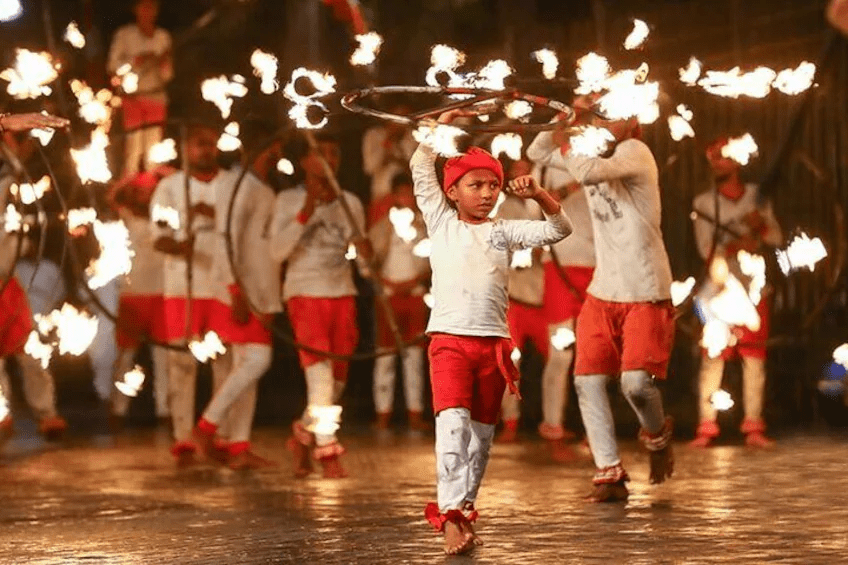
See more
Related features from BDG
Fantasy Dinner Party: Arthur Waley and Beryl de Zoete
Codes of Conduct, Ways of Life
Be Inspired
Jardin aux Lilas, the First Zen Ballet
Dance in the Reality You Have


